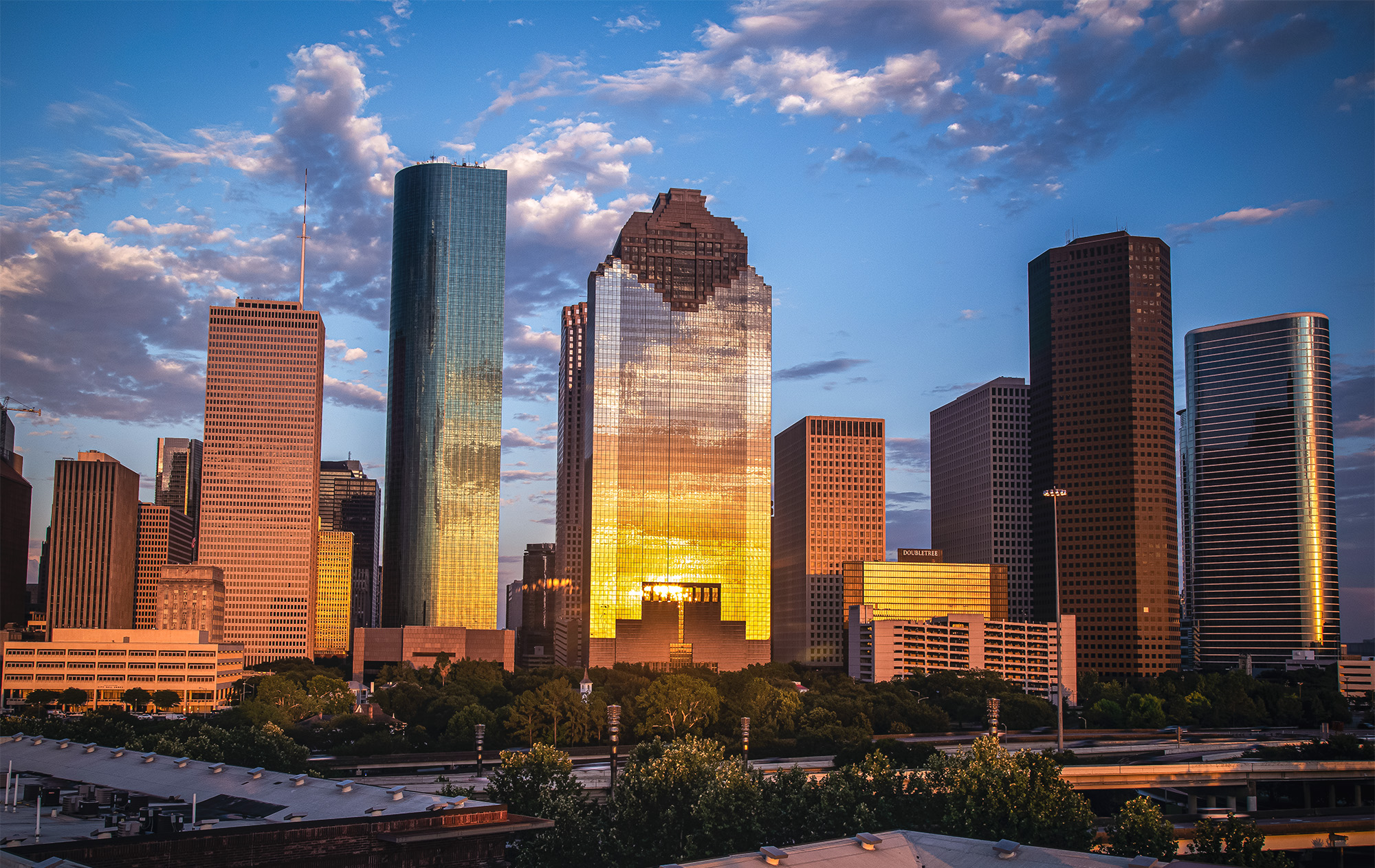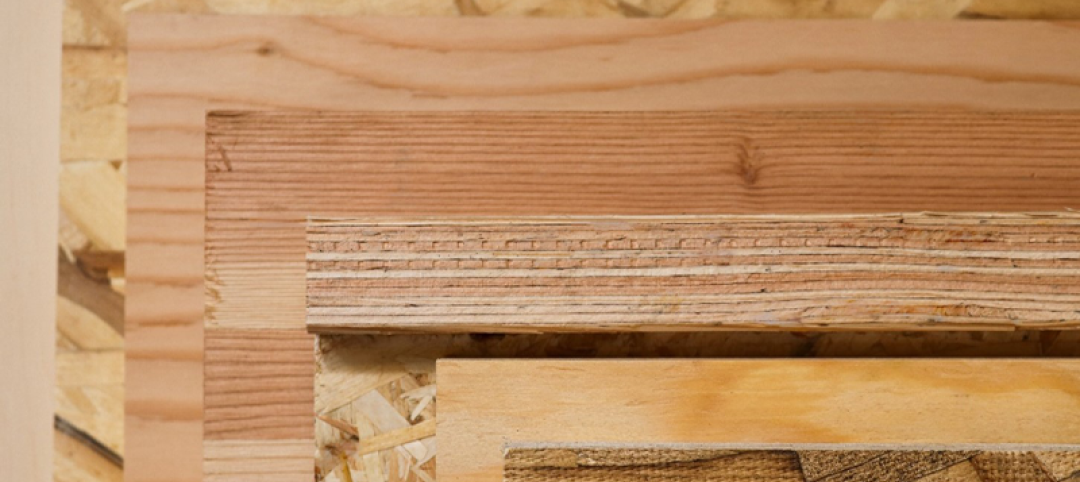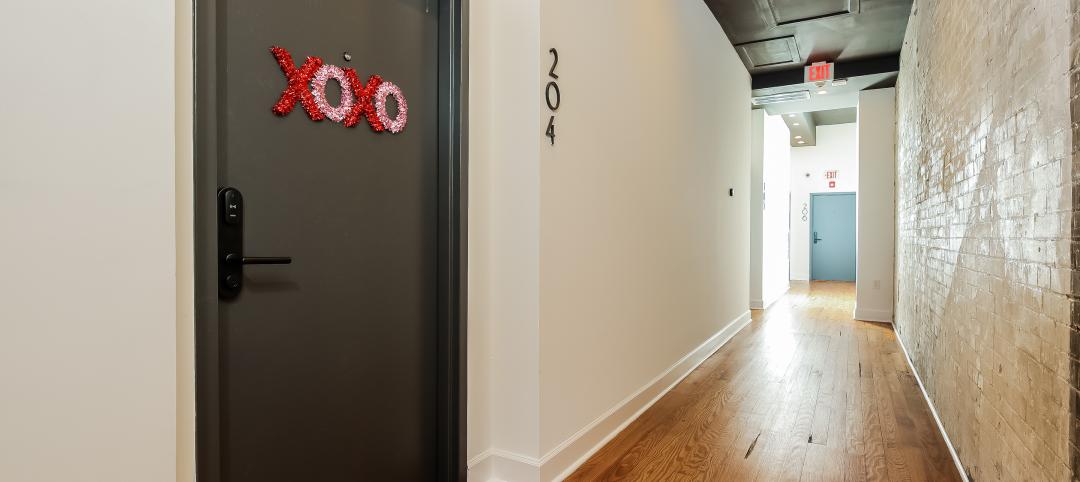A StorageCafe study found the top 10 cities in the U.S. for downtown living as of 2023. The places that offer the “best bang for the buck” include several cities in the South, downtown Chicago, Ill., and Boston, Mass.
Based on a combination of metrics including cost of living, apartment options, entertainment, safety, and other desirable urban features, here are StorageCafe’s top 10 cities for a great downtown living experience.
10. Phoenix, Ariz.
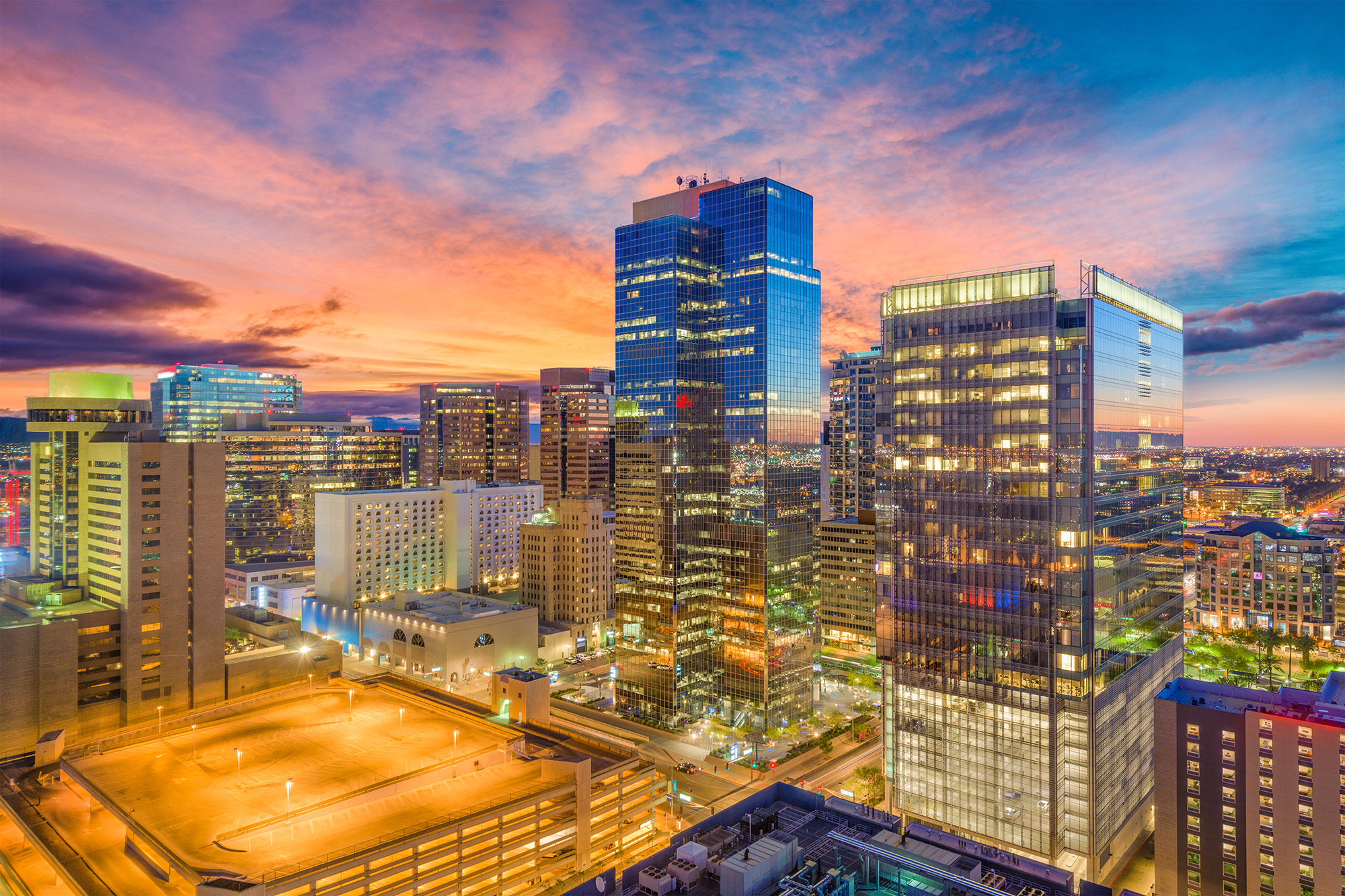
According to the report, multifamily living remains the dominant housing option in downtown Phoenix, Ariz. Its downtown scene offers residents access to live music, art galleries, theaters, and around 200 restaurants. Overall, Phoenix ranks best in:
- Apartments with access to fitness centers
- Apartment availability related to population
- Access to theaters
The Phoenix metro has had a population growth of 14% from 2012 to 2021, according to a RentCafe analysis. The city has built 62,000 new apartments within that time frame, as well as 10 million sf of self storage space.
9. San Diego, Calif.
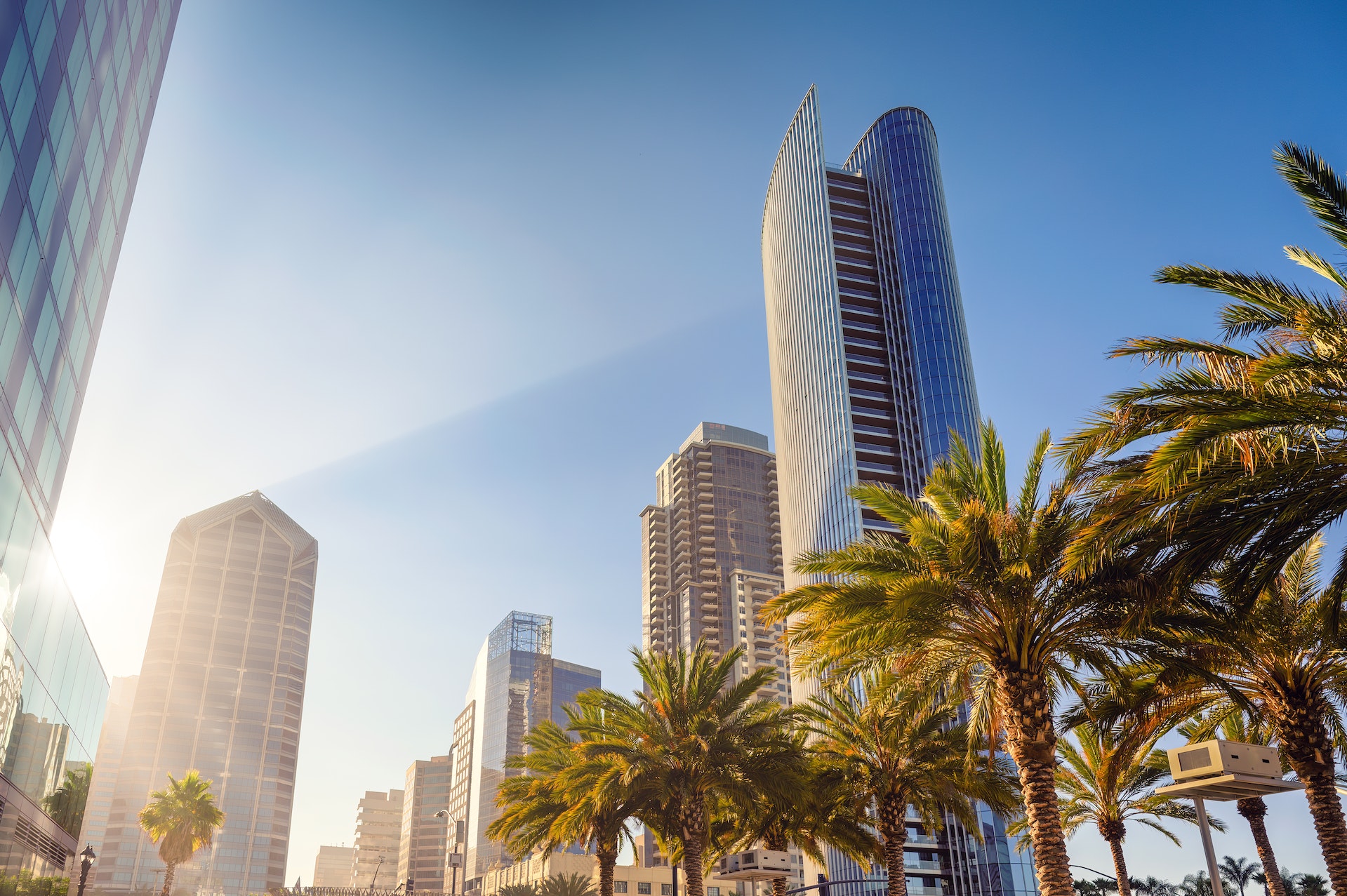
Those living in downtown San Diego, Calif., are given multiple shopping and entertainment venues, fresh groceries stores, and the ability to live in one of the green-certified buildings comprising 13% of downtown apartments. Overall, San Diego ranks best in:
- Public EV chargers
- Neighborhood safety
- Green apartment buildings
According to the StorageCafe study, close to 80% of San Diego’s downtown apartment buildings offer access to fitness centers. The downtown area also boasts 180 electric vehicle (EV) chargers, as well as 12.6 restaurants and 7.3 stores per 1,000 residents.
8. Columbus, Ohio
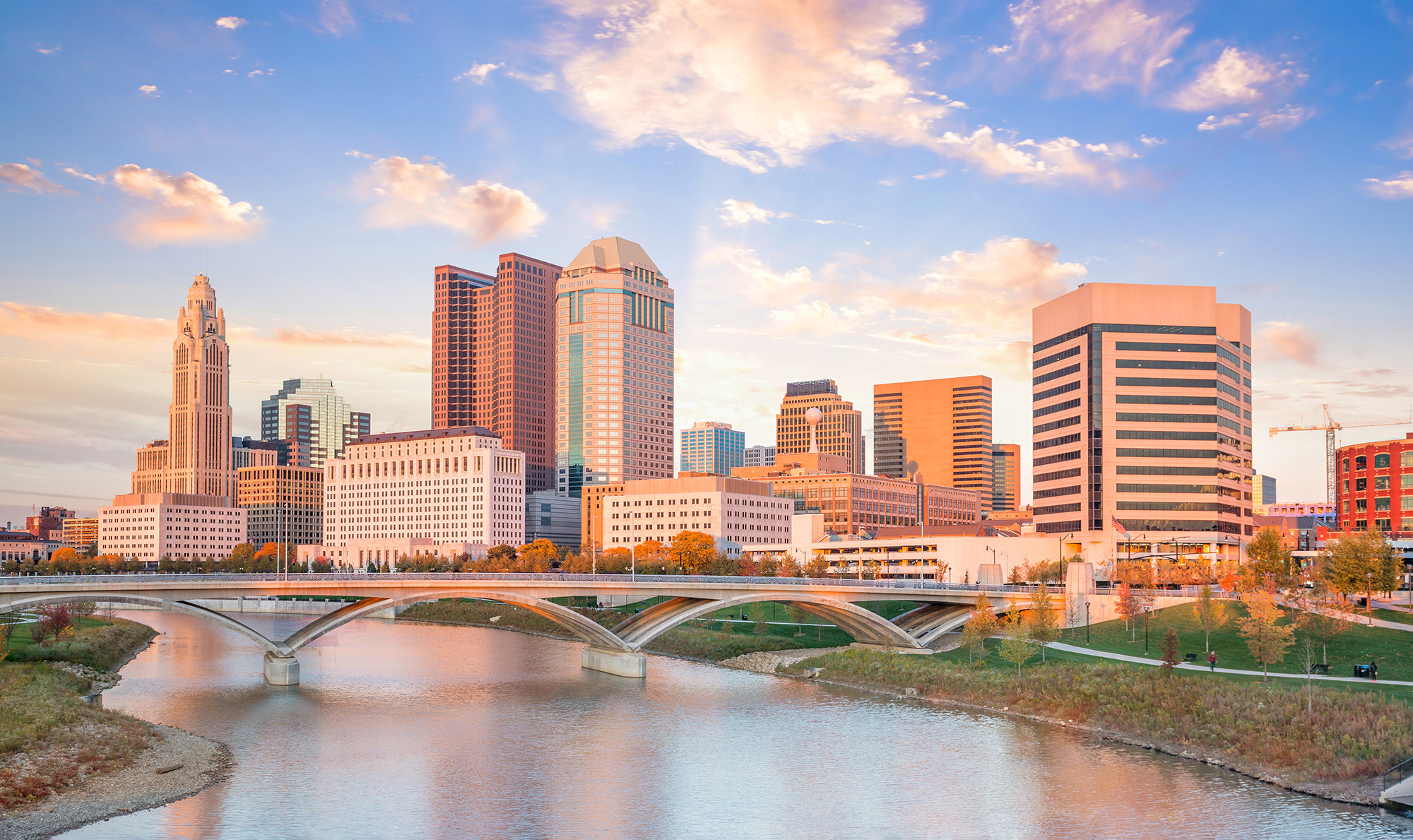
The city of Columbus, Ohio, attracts young professionals with its strong economy and city buzz. In its downtown scene, Columbus’ apartments offer 790 sf of space per person—around 250 more sf than the national average. Overall, Columbus ranks best in:
- Apartment availability related to population
- Access to restaurants
- Access to theaters
Columbus’ Olde Towne and downtown districts are peppered with coffee shops, specialty shops, and multiple options for all tastes and budgets.
RELATED: Columbus, Ohio, to be new home for 100,000-sf esports arena
7. Houston, Texas
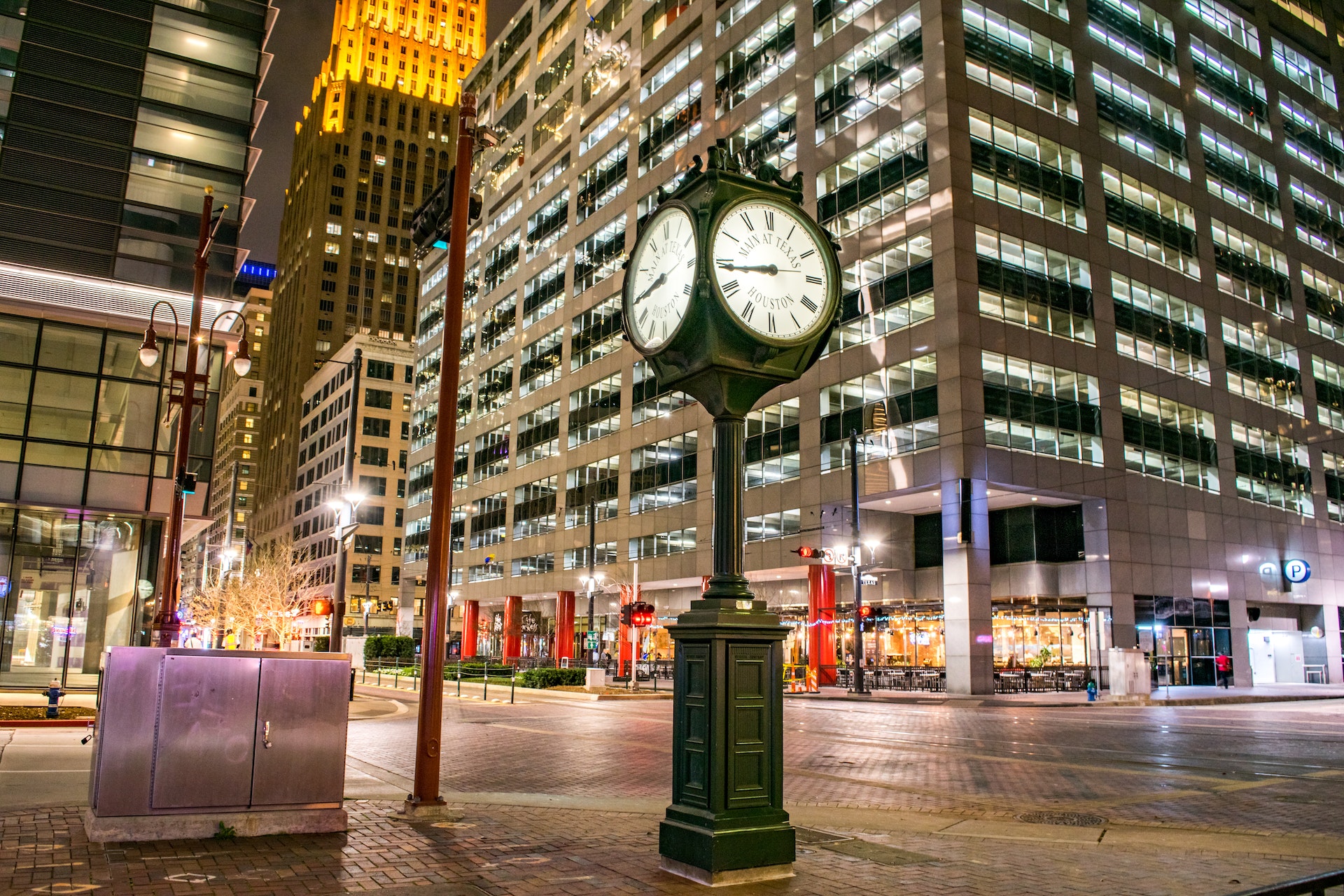
Based on the report, over half of the top 10 cities are located in the South, with Texas taking three spots in the ranking. Overall, Houston ranks best in:
- Rent-to-income ratio
- Apartment space per person
- Apartments with access to fitness centers
Houston’s rent-to-income ratio is one of the lowest at 22%, a few points below the national threshold of 30 percent. The city’s downtown apartments are some of the most affordable in that case—and are some of the largest, too, with 890 sf of space per person.
6. Nashville, Tenn.
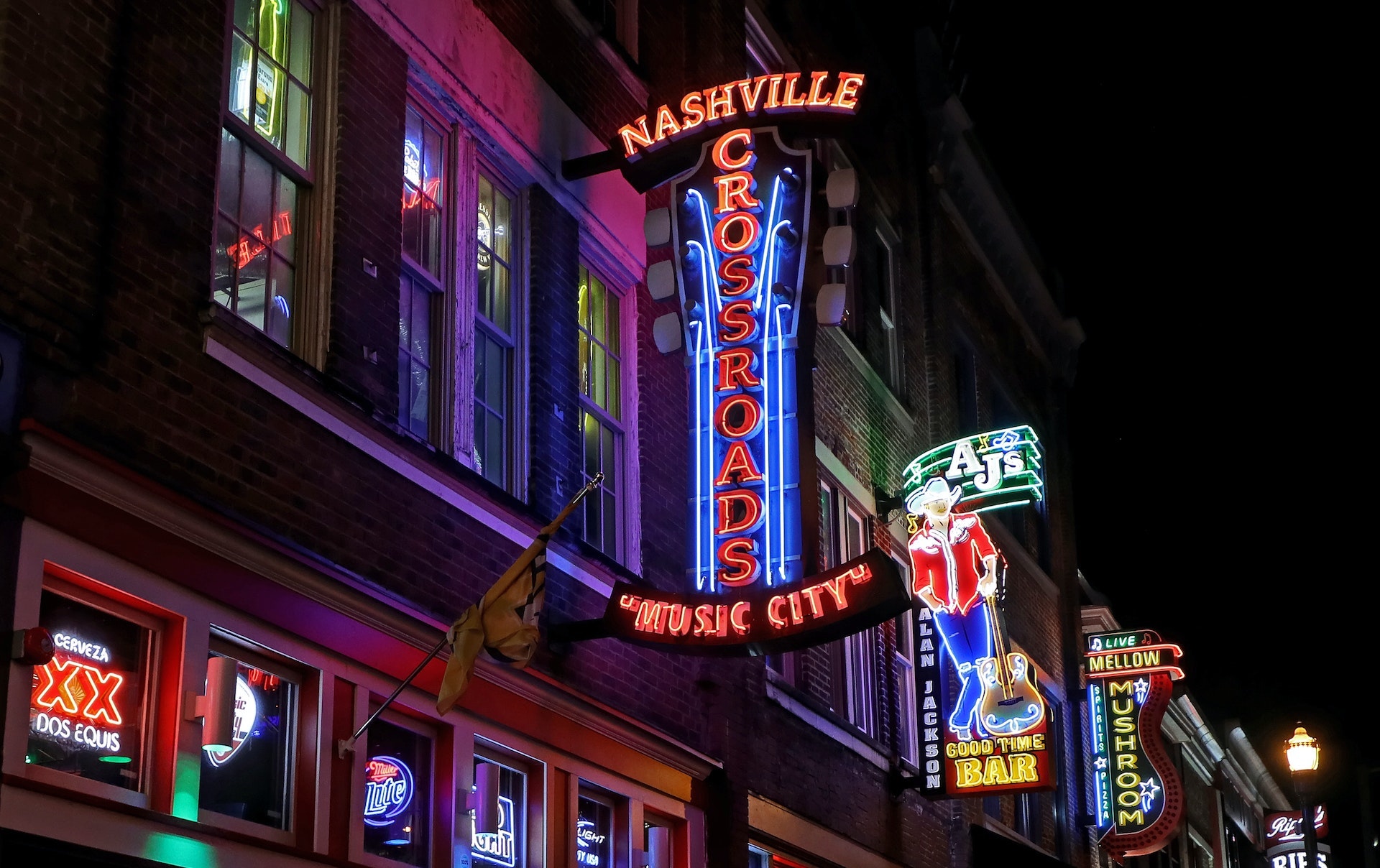
More than half (65%) of Nashville’s downtown apartment units are located in high-end buildings. Overall, Nashville ranks best in:
- Apartment availability related to population
- Access to restaurants
- Access to theaters
Though Nashville remains anchored in its reputation as “country music central,” there is more here than meets the eye. The city’s downtown scene comes first for its restaurant (22.4 per 1,000 people) and theater (19.4 per 1,000 people) options, according to the StorageCafe report.
5. Seattle, Wash.

Seattle, Wash., has a downtown that merges nature and city. “People can easily bike, go hiking or sip lattes without leaving their downtown zip code(s),” writes Mirela Mohan, Writer, StorageCafe. Seattle, Wash., ranks best in:
- Rent-to-income ratio
- Green apartment buildings
- Neighborhood safety
Seattle’s downtown area includes over 20% of green-certified properties, fitness centers in nearly 80% of apartment buildings, and residents that earn one of the highest median household incomes ($118k/year) of the list.
4. Boston, Mass.
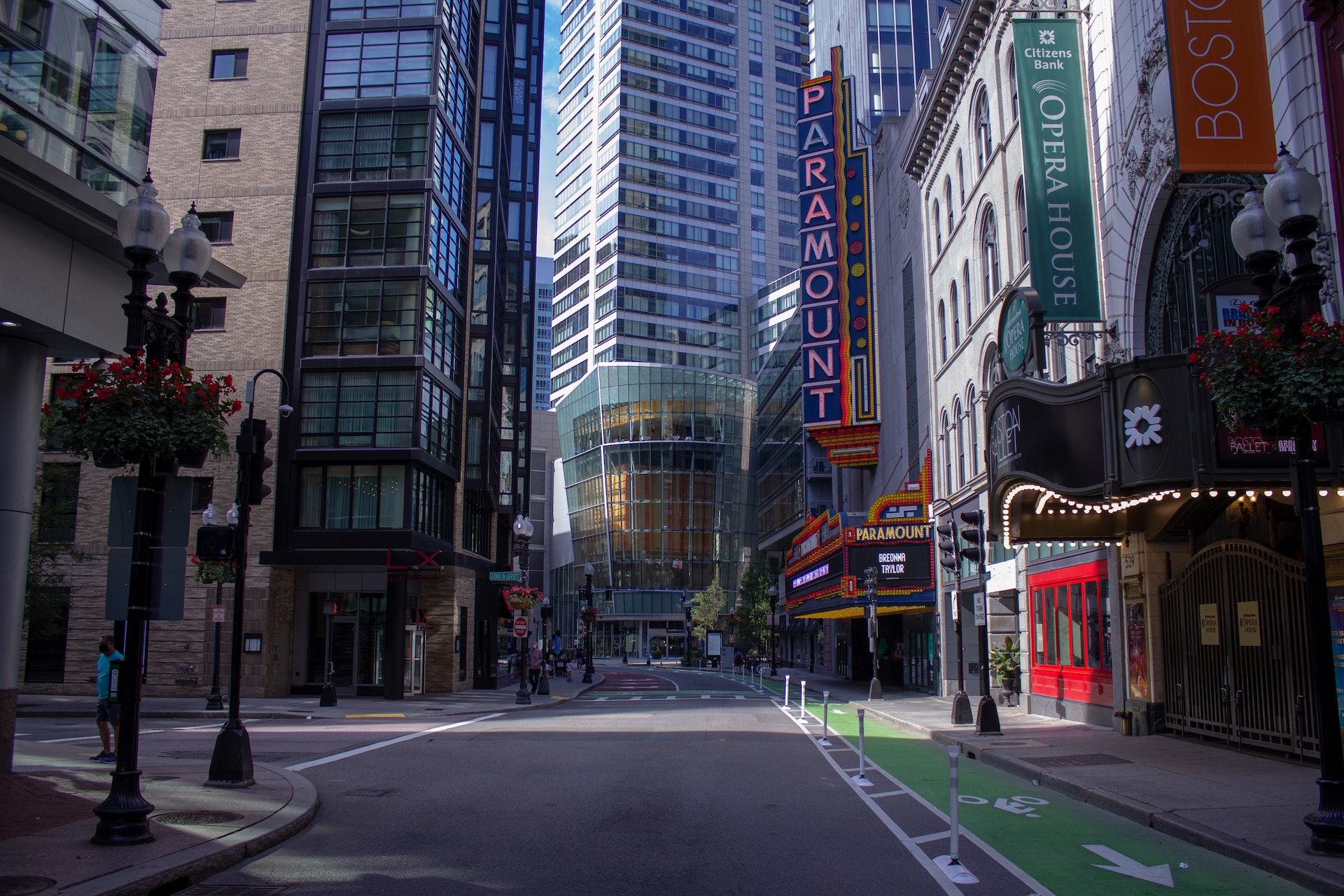
Boston, Mass., is home to luxury apartments that make up 93% of its downtown units. Additionally, 25% of its downtown apartments are green-certified. Boston ranks best in:
- Apartments located in luxury buildings
- Green apartment buildings
- Access to restaurants
The city is also among the most educated on the list. Nearly 80% of adults living in downtown Boston hold a Bachelor's degree or higher. The area also comes with 18.4 restaurants and 2.9 theaters per 1,000 people.
3. Chicago, Ill.
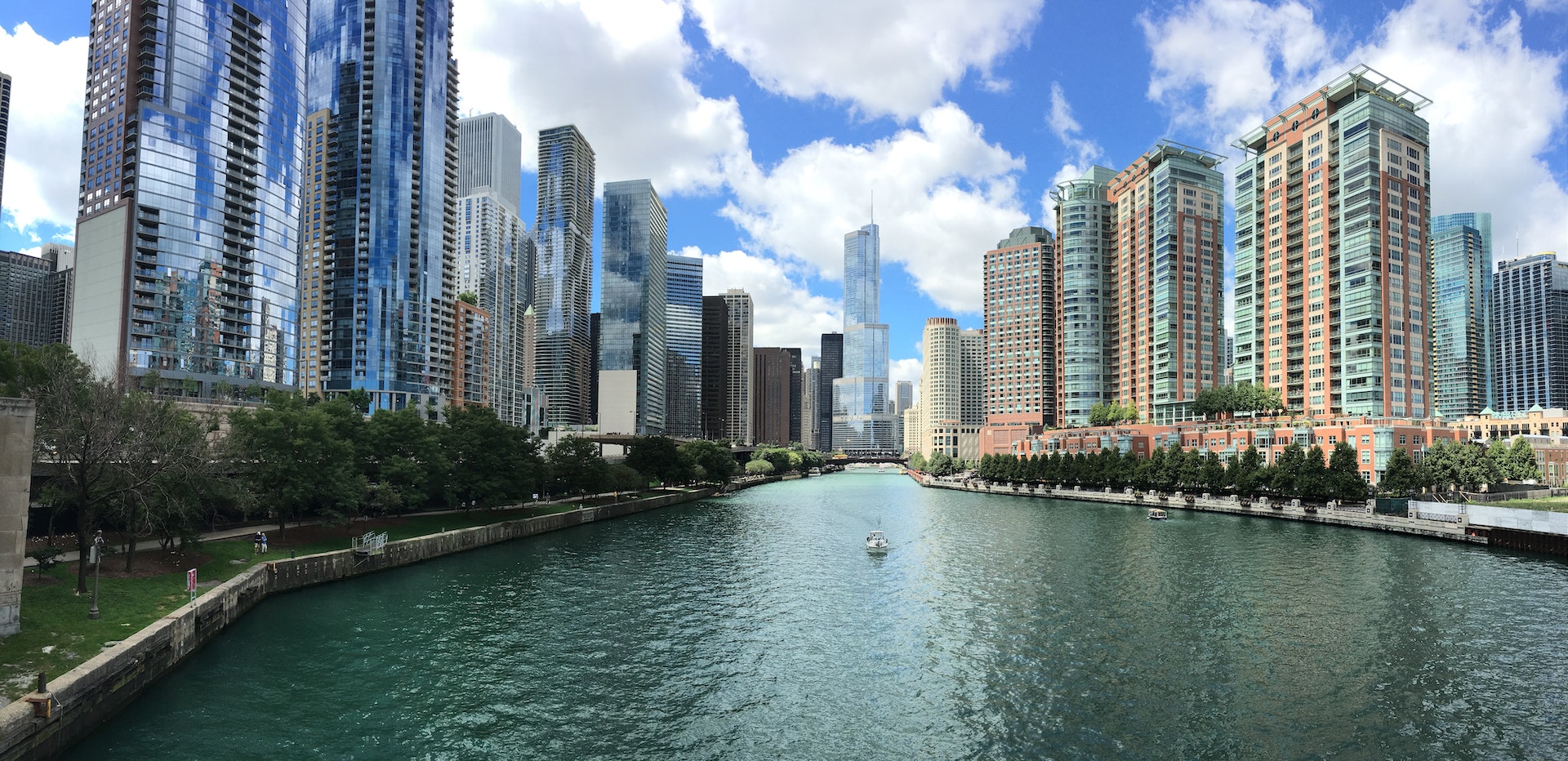
Two-thirds of Chicago’s downtown apartments are high-end, though renters justify the city’s cost of living for its wide selection of amenities. Chicago, Ill., ranks best in:
- Educated population
- Green apartment buildings
- Rent-to-income ratio
Downtown Chicago has 11 restaurants per 1,000 people, apartment complexes that nearly all (90%) come with fitness centers, and over 140 EV charging stations.
2. Austin, Texas
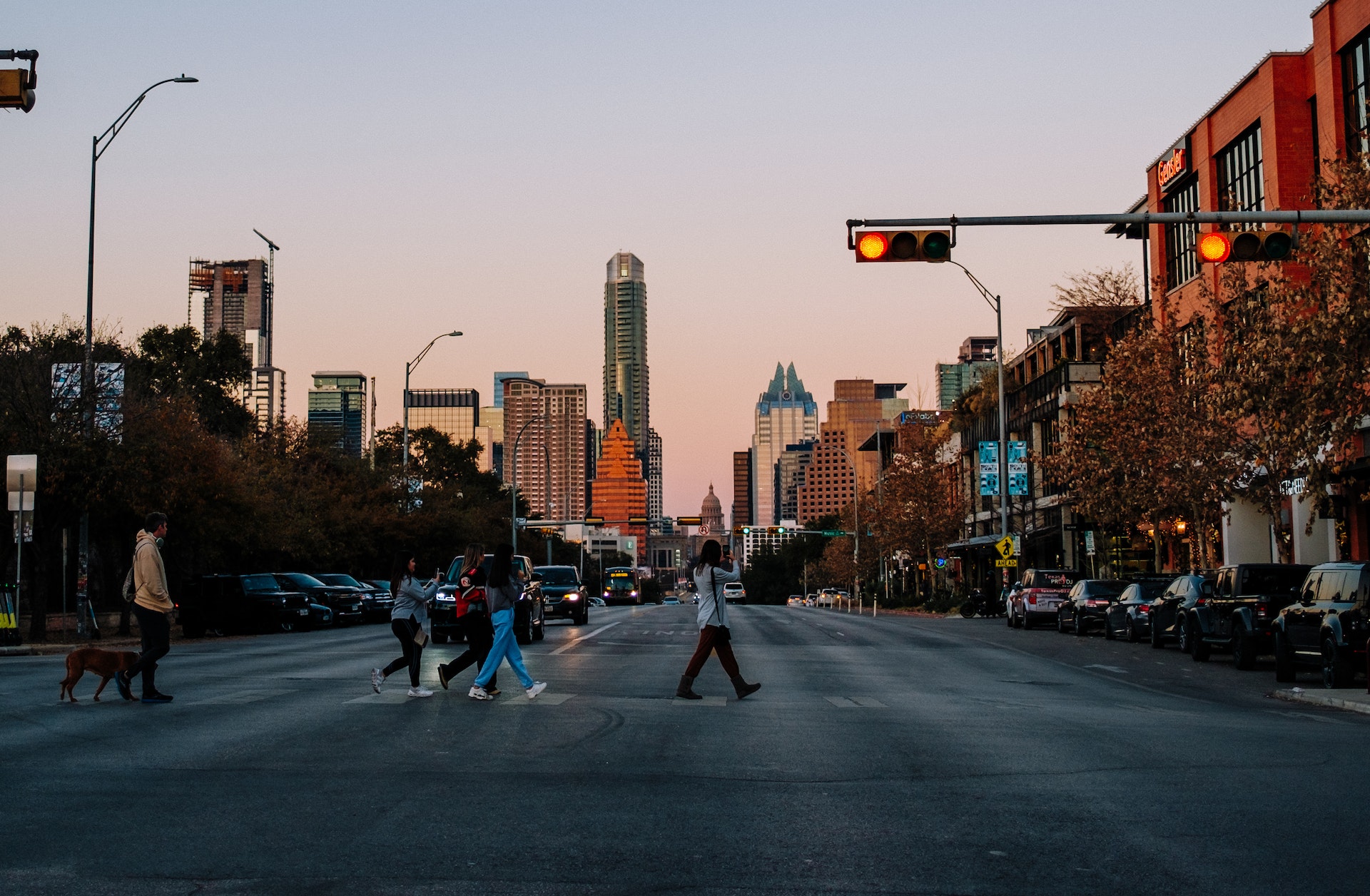
Austin is the second of three Texas cities to make the list. Nearly half (47%) of its large-scale downtown apartment complexes are LEED-certified, and it hosts some of the biggest apartments per person (939 sf/person) in the country. Austin, Texas, ranks best in:
- Green apartment buildings
- Apartment personal space
- Educated population
Besides its 14.6 restaurants and 2.8 theaters per 1,000 people, downtown Austin is the number one city in the country for green-certified apartment buildings. Additionally, StorageCafe finds Austin to be one of the safest places among the list.
1. Dallas, Texas
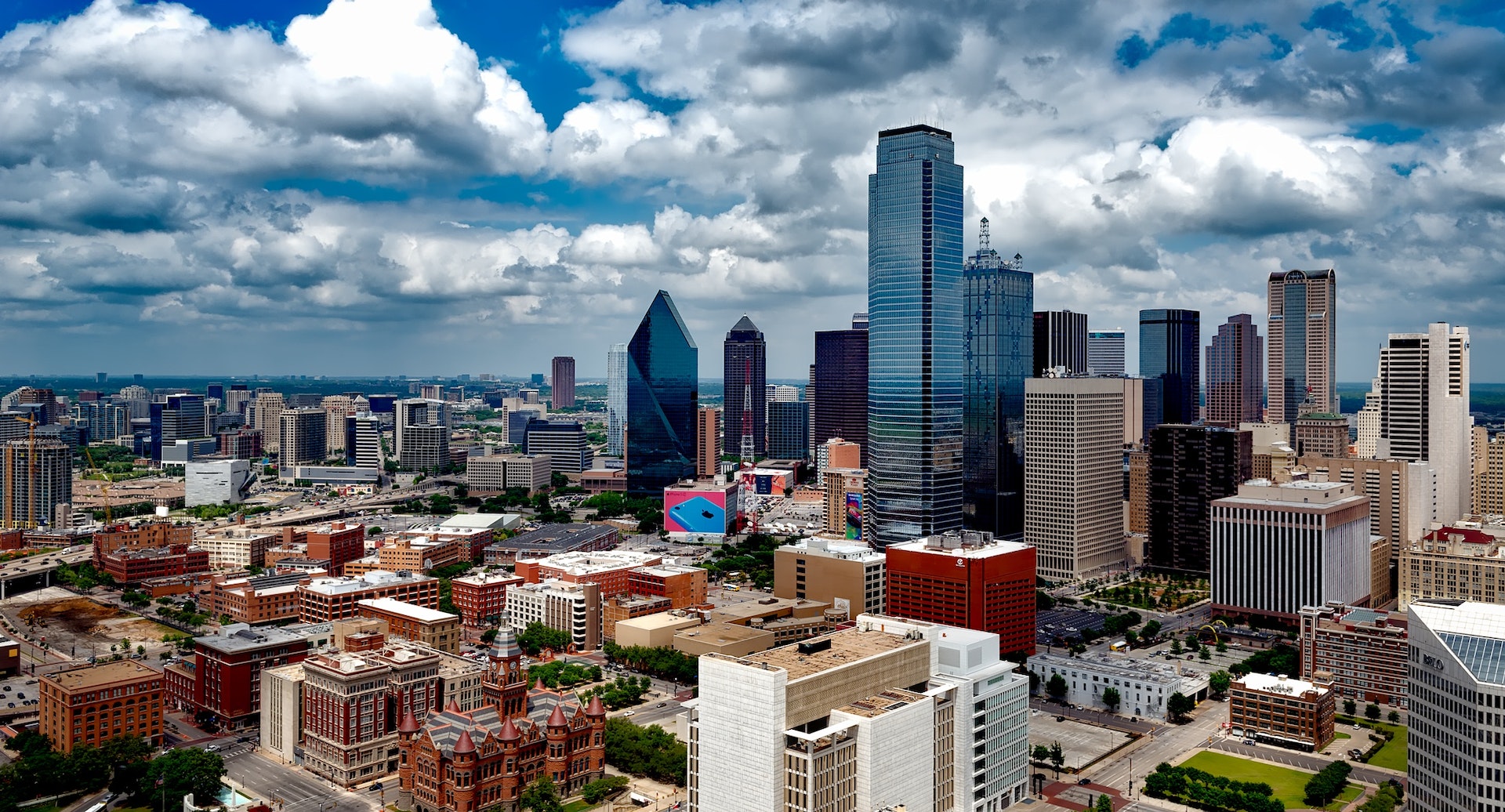
Dallas, Texas, comes first in downtown living in multiple areas. Most (95%) include fitness centers, premier apartments comprise 81% of units, and the sf of apartments averages nearly 1,000 sf/person. Dallas, Texas, ranks best in:
- Apartments with access to fitness centers
- Apartments located in luxury buildings
- Apartment personal space
Dallas is also the leading U.S. city in multifamily and self storage development over the last decade. Dallas’ activity in developing storage units is followed by New York, N.Y.; Houston, Texas; Chicago, Ill.; and Phoenix, Ariz.; according to a RentCafe analysis of Yardi Matrix data.
RELATED: Self storage development booms in high multifamily construction areas
Related Stories
Sponsored | Multifamily Housing | Sep 25, 2023
Six3Tile helps The Sherbert Group bring an abandoned Power House back to life
Cladding and Facade Systems | Sep 22, 2023
5 building façade products for your next multifamily project
A building's façade acts as a first impression of the contents within. For the multifamily sector, they have the potential to draw in tenants on aesthetics alone.
Sponsored | Multifamily Housing | Sep 21, 2023
5 Helpful Resources for Designing & Building with Engineered Wood
From in-depth, technical publications with detailed illustrations and examples to in-person consultations with engineered wood specialists, APA offers a host of helpful resources for commercial designers and installers working with engineered wood.
MFPRO+ Blog | Sep 21, 2023
The benefits of strategic multifamily housing repositioning
With the rapid increase in new multifamily housing developments, owners of existing assets face increasing competition. As their assets age and the number of new developments increases seemingly day-by-day, developers will inevitably have to find a way to stay relevant.
Mixed-Use | Sep 20, 2023
Tampa Bay Rays, Hines finalize deal for a stadium-anchored multiuse district in St. Petersburg, Fla.
The Tampa Bay Rays Major League Baseball team announced that it has reached an agreement with St. Petersburg and Pinellas County on a $6.5 billion, 86-acre mixed-use development that will include a new 30,000-seat ballpark and an array of office, housing, hotel, retail, and restaurant space totaling 8 million sf.
Engineers | Sep 15, 2023
NIST investigation of Champlain Towers South collapse indicates no sinkhole
Investigators from the National Institute of Standards and Technology (NIST) say they have found no evidence of underground voids on the site of the Champlain Towers South collapse, according to a new NIST report. The team of investigators have studied the site’s subsurface conditions to determine if sinkholes or excessive settling of the pile foundations might have caused the collapse.
MFPRO+ Research | Sep 11, 2023
Conversions of multifamily dwellings to ‘mansions’ leading to dwindling affordable stock
Small multifamily homes have historically provided inexpensive housing for renters and buyers, but developers have converted many of them in recent decades into larger, single-family units. This has worsened the affordable housing crisis, say researchers.
Adaptive Reuse | Aug 31, 2023
New York City creates team to accelerate office-to-residential conversions
New York City has a new Office Conversion Accelerator Team that provides a single point of contact within city government to help speed adaptive reuse projects. Projects that create 50 or more housing units from office buildings are eligible for this new program.
Multifamily Housing | Aug 24, 2023
A multifamily design for multigenerational living
KTGY’s Family Flat concept showcases the benefits of multigenerational living through a multifamily design lens.


